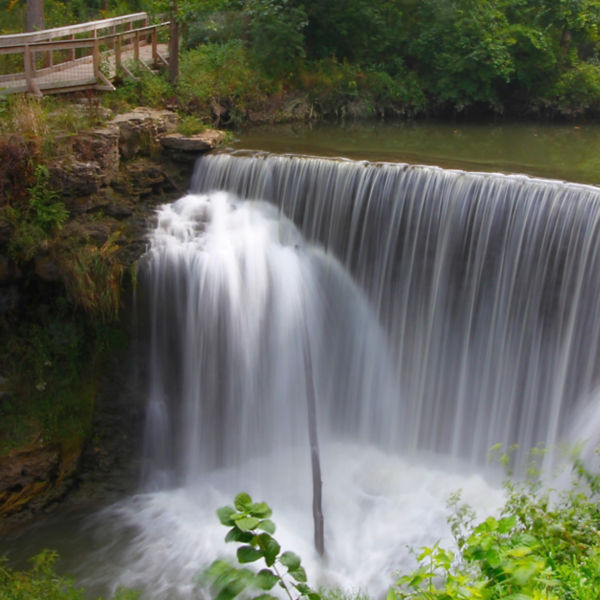
The definition of a watershed—not to mention its greater impact on the environment—can be a difficult concept to impart. Fortunately for central Ohio’s outdoor adventurers, there’s FLOW. That is Friends of the Lower Olentangy Watershed, a nonprofit organization founded in 1997 to educate the public about the importance of the Lower Olentangy watershed, and to keep it clean and safe through a variety of riparian restoration projects.
To better understand the Lower Olentangy, it helps to start with the basic definition of a watershed: the land mass from which water (from rain, melted snow and perhaps your washing machine) drains into a specific body of water. For the body that is the Lower Olentangy River, its watershed stretches for 32 miles from Delaware, Ohio, on its north end, through a greenway corridor (popular with both paddlers and cyclists), flowing straight south to the confluence with the Scioto River in downtown Columbus. That area is home to nearly 300,000 people and encompasses 150 square miles, including about 400 miles of tributaries that run into the Olentangy. From the Olentangy, all this water flows into the Scioto, then the Ohio and Mississippi rivers, eventually into the Gulf of Mexico.
“And that means the pollution that ends up in the Olentangy River eventually winds up in the Gulf,” says Laura Fay, a longtime FLOW board member who has worked as a water environmentalist for The Ohio State University, the Ohio Environmental Protection Agency and the Ohio Department of Natural Resources. “It’s all connected.”
Fortunately, Fay reports, water quality in the Olentangy is “in pretty good shape,” noting how the northern section, near Delaware, is a state-designated Scenic River due to its exceptional water quality. But that pristine quality doesn’t mean that one of the city’s defining rivers, which bisects the northern half of Columbus, takes care of itself. Maintenance is vital and requires constant vigilance to improve the quality of all this water, as well as the variety of insects and fish it provides habitat for, plus the biodiverse range of plant life along the banks.



































